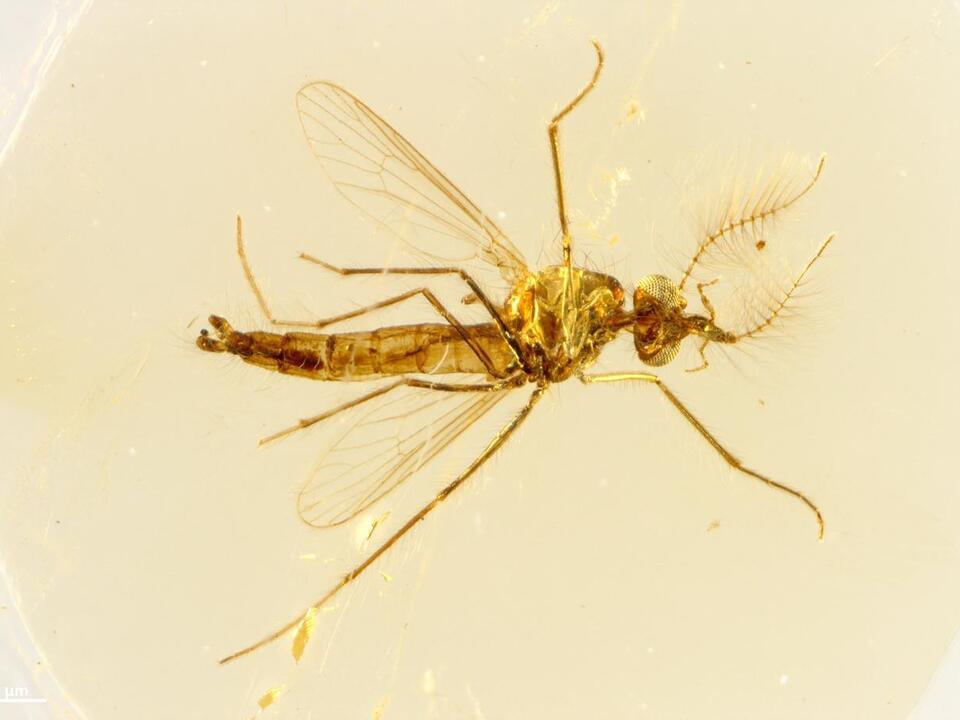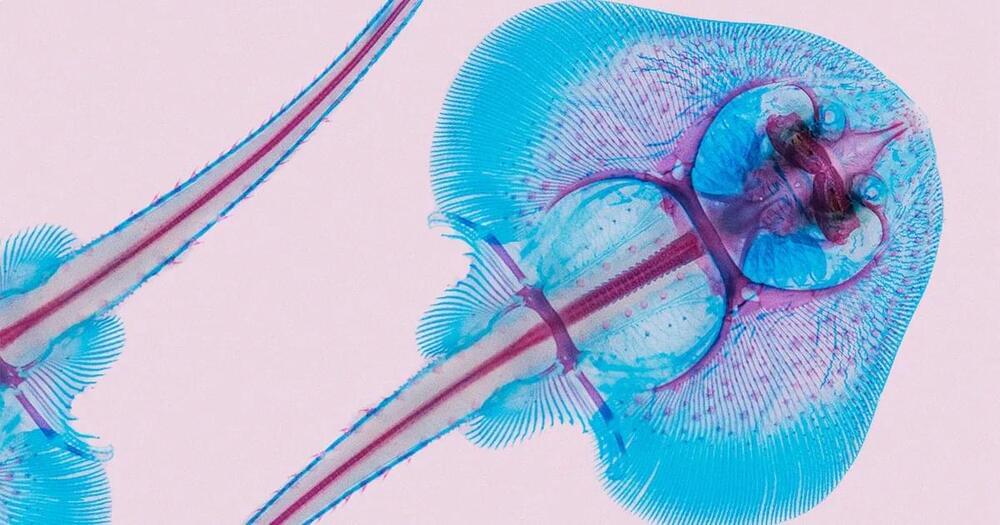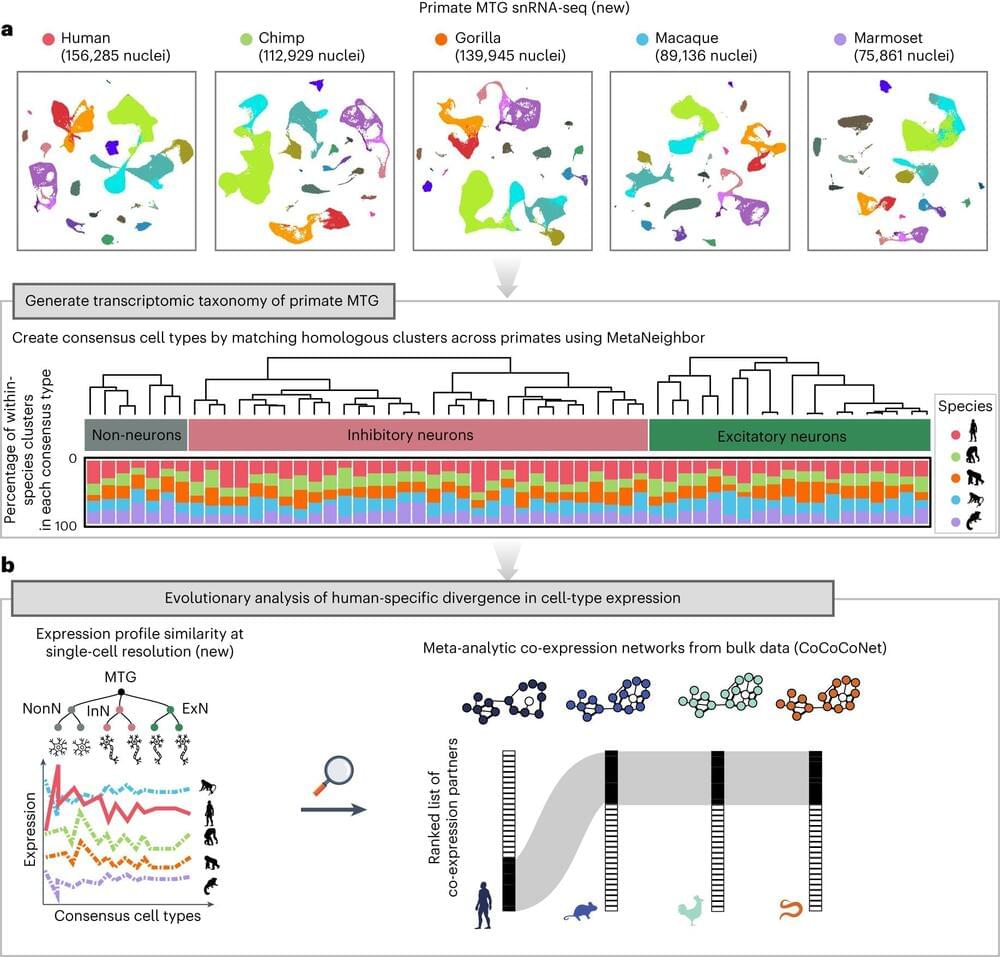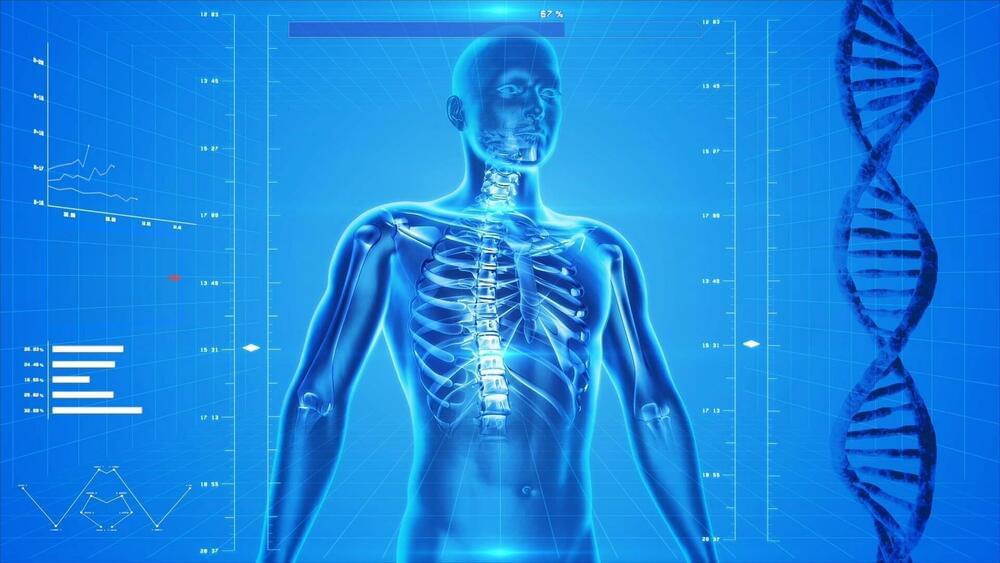WASHINGTON, Dec 5 (Reuters) — Hundreds of thousands of people worldwide are killed annually by malaria and other diseases spread through the bite of mosquitoes, insects that date back to the age of dinosaurs. All of these bites are inflicted by females, which possess specialized mouth anatomy that their male counterparts lack.
But it has not always been that way. Researchers said they have discovered the oldest-known fossils of mosquitoes — two males entombed in pieces of amber dating to 130 million years ago during the Cretaceous Period and found near the town of Hammana in Lebanon. To their surprise, the male mosquitoes possessed elongated piercing-sucking mouthparts seen now only in females.
“Clearly they were hematophagous,” meaning blood-eaters, said paleontologist Dany Azar of the Chinese Academy of Sciences’ Nanjing Institute of Geology and Paleontology and Lebanese University, lead author of the study published this week in the journal Current Biology. “So this discovery is a major one in the evolutionary history of mosquitoes.”









